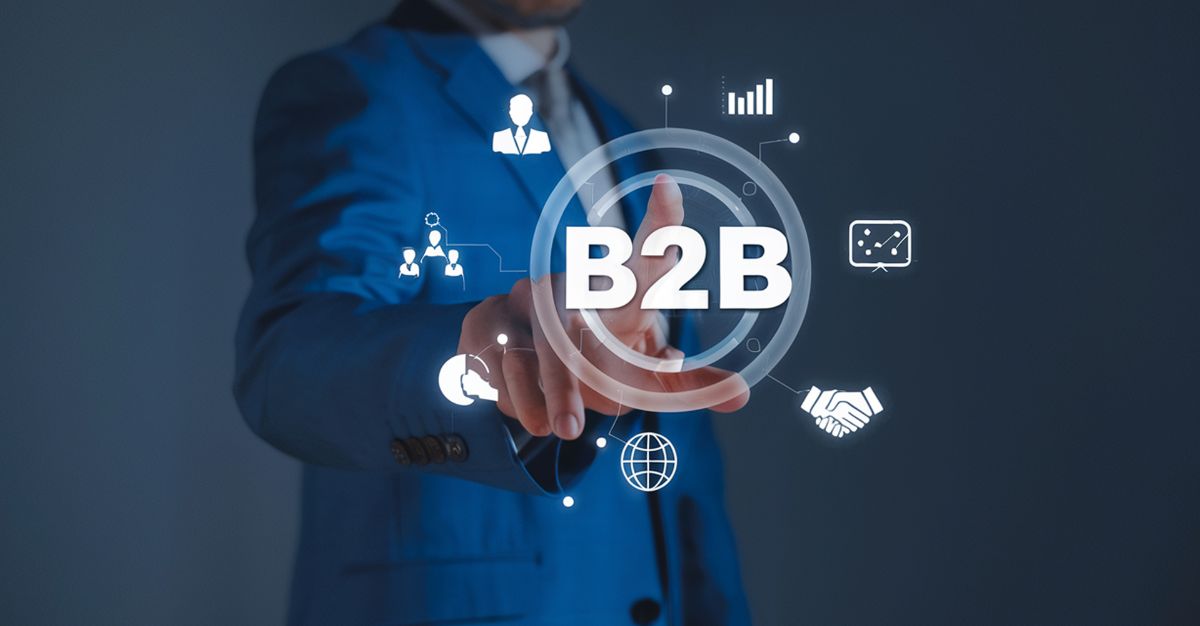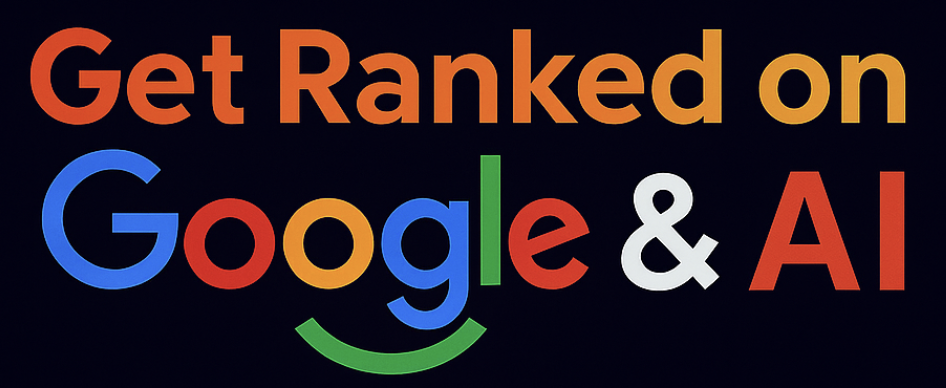Picture this: Your sales team has been nurturing a promising lead for eight months. The initial demo went brilliantly, the proposal was well-received, and then… silence.
The champion who loved your solution has moved departments, the CFO is focused on quarterly reporting, and your emails are gathering digital dust in someone’s inbox.
This scenario plays out thousands of times across B2B companies every year. When deals stretch across 6 to 12 months, staying visible becomes your biggest challenge.
That’s where remarketing in B2B sales cycles transforms from a nice-to-have into an essential survival tool.
Remarketing keeps your brand relevant when decision-makers are juggling competing priorities, and it gently reminds them why they considered you in the first place.
Table of Contents
Why B2B Retargeting Demands a Different Playbook ?
In the consumer world, retargeting is relatively straightforward.
Someone abandons a shopping cart, you show them the trainers they almost bought, and hopefully they complete the purchase within days. Job done.
- B2B retargeting involves engaging various stakeholders within the buying committee.
- Each stakeholder has unique concerns and decision-making power.
- The IT director requires proof of seamless system integration.
- The CFO seeks concrete evidence of return on ad spend (ROAS).
- End users prioritise the solution’s ability to simplify their daily tasks.
According to research from Gartner, the typical B2B buying committee now includes six to ten decision-makers. Each person conducts their own research, compares alternatives, and brings their findings back to the group.
Your remarketing strategy must speak to all these voices simultaneously, which requires far more sophistication than simply displaying your logo repeatedly.
A study by Google and Boston Consulting Group found that B2B buyers complete nearly 60% of the purchase decision process before ever contacting a supplier.
During those early research phases, your remarketing efforts shape perceptions and build the foundation of trust. Supporting so many voices often requires automation tools like a B2B AI chatbot to maintain consistent engagement between remarketing touchpoints.
Retargeting for B2B: Building Memory Architecture

Long sales cycles create a unique problem: attention decay. During months three through seven of a typical enterprise deal, momentum often stalls. Champions get reassigned, budgets get frozen, priorities shift.
Your prospect genuinely intended to schedule that follow-up call, but it keeps sliding down their to-do list. Smart B2B retargeting acts as an insurance policy against this erosion.
Rather than bombarding prospects with the same generic message, you can create what behavioural psychologists call “memory cues.” These are strategic touchpoints that reinforce key messages at precisely the moments when prospects are most receptive.
Our team pairs remarketing with conversion-focused Google Ads campaigns to ensure your brand stays top of mind during long evaluation phases.
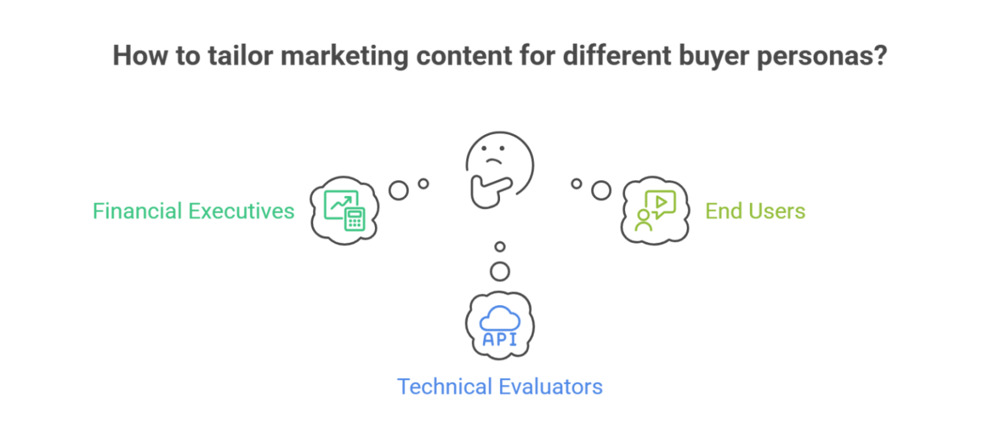
Consider how different buyer personas consume information:
- Financial Executives (CFOs, Finance Directors): Respond to hard numbers. Focus on ROI calculators, Total Cost of Ownership (TCO), and proof of ROAS. Retargeting should emphasise customer acquisition cost reductions and efficiency gains.
- Technical Evaluators (CIOs, Engineers): Require proof of capability. Focus on detailed integration documentation, security certifications, and technical specifications. Use content like white papers detailing API architecture.
- End Users (Managers, Operators): Value usability and practical improvements. Focus on seeing the interface in action via video testimonials, peer reviews, and product demonstration snippets that show workflow improvement.
Producing the right mix of collateral, from ROI calculators to demo videos, often starts with strong content marketing and video production
Designing Your B2B Retargeting Ecosystem
Effective remarketing in long B2B sales cycles requires orchestration across multiple channels. Think of it as creating a presence ecosystem rather than running isolated ad campaigns.
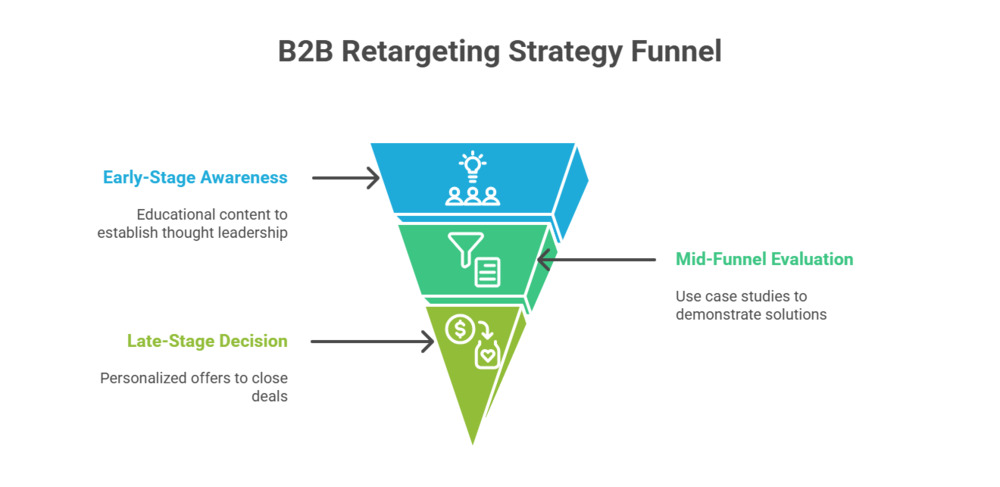
a. Segment by Sales Funnel Position
Messaging must match the prospect’s stage in the customer journey:
- Early-Stage (Awareness): Focus on educational content. Share blog posts, infographics, or webinar invitations. This establishes thought leadership without pushing for a sale.
- Mid-Funnel (Evaluation): Use case studies to show how similar companies solved comparable problems using your solution. Include specific performance metrics.
- Late-Stage (Decision): Provide the final confidence boost with demo requests, trial offers, and comparison guides. Use pixel-based retargeting to show personalised product configurations the prospect previously viewed.
This approach mirrors the principles of UX for long sales cycles, where each step is designed to validate and reassure.
b. Orchestrate Across Channels
Maintain presence and relevance across the platforms where prospects spend time:
- LinkedIn Ads: This is the most valuable B2B channel. Its professional context and firmographic targeting (job title, company size) are exceptional for reaching the right seniority level.
- Email Retargeting: Powerful when integrated with marketing automation. Retarget people who downloaded content but haven’t engaged further via LinkedIn or Display.
- Google Display Network (GDN): Provides broad reach for brand awareness and maintaining top-of-mind presence during quiet research periods.
- List-Based Retargeting: Upload email lists of specific accounts for surgical precision and customised messaging, pairing perfectly with an ABM strategy.
c. Technical Implementation Matters
Proper setup ensures efficiency and a positive brand experience:
- Tracking: Effective retargeting relies on proper tracking pixels and cookies to recognise and remarket to visitors.
- Frequency Capping: Avoid irritation and brand damage. Limit display ads, with most experts recommending a cap of 3-5 impressions per person per day.
- Budgeting: B2B campaigns demand higher budgets due to smaller, more specific audiences. Carefully monitor CPC and performance metrics, as the high Customer Lifetime Value (LTV) justifies the investment when properly optimised.
A well-executed retargeting program is part of a wider digital marketing agency strategy that balances creative, data, and compliance.
Avoiding Common Retargeting Pitfalls
Even well-intentioned remarketing campaigns can backfire. Watch out for these common issues to keep your B2B ads effective:
a. Combatting Ad Fatigue
When your creative stays static for too long, prospects tune out.
- Rotate Assets: Change your ad copy and visuals regularly.
- A/B Test: Continuously test different headlines, imagery, and calls to action to optimise conversion rates.
Refreshing creative with short-form YouTube Ads or engaging Instagram Ads helps prevent ad fatigue while keeping messaging fresh.
b. Ensuring Message Relevance
Irrelevant messaging destroys trust, especially in B2B environments where buyers are serious about research.
- Maintain Context: If a prospect downloads a whitepaper on cybersecurity, do not remarket to them with ads for unrelated products, like your HR software.
- Segment Intelligently: Ensure the content they see matches their specific interest and stage in the funnel.
c. Prioritising Privacy and Compliance
Privacy cannot be an afterthought; it’s a legal requirement.
- Follow Regulations: Adhere strictly to regulations like GDPR, CCPA, and others that govern data collection and usage.
- Be Transparent: Be clear about your tracking practices and always provide clear opt-out mechanisms.
The importance of UX for long sales cycles extends to your remarketing experience.
If your ads send users to a generic homepage, you lose their attention and waste valuable budget.
Instead, create dedicated landing pages that align with each remarketing message.
When the content matches the ad’s promise, visitors feel understood and are far more likely to take the next step.
Remarketing as Your Competitive Advantage
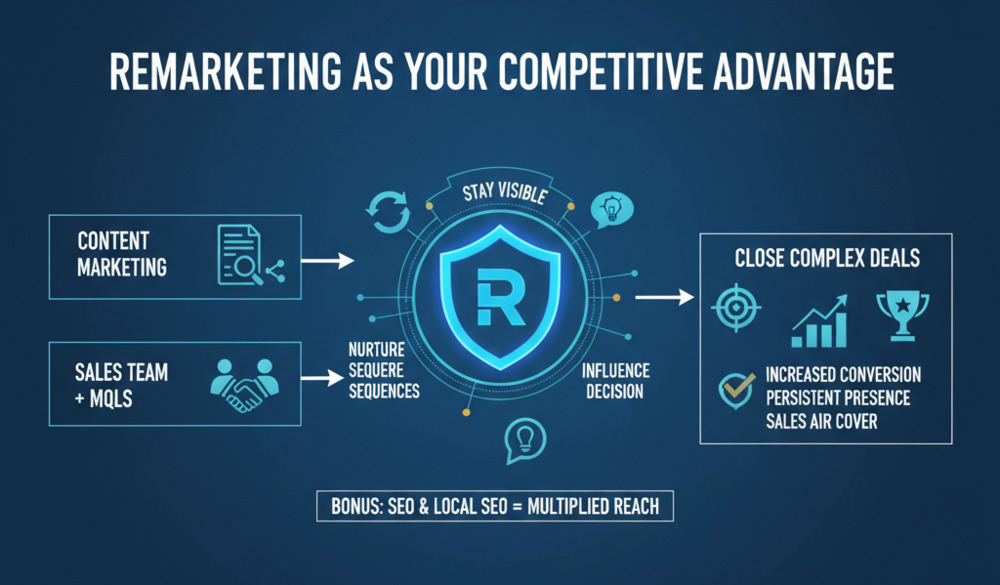
In markets where products increasingly resemble each other, presence becomes differentiated.
The vendor who stays visible through remarketing often wins, not because their solution is dramatically superior, but because they’re present during the crucial moments when purchase decisions crystallise.
Treat remarketing as an integral part of your nurture sequences rather than an isolated advertising tactic.
When your content marketing team creates valuable resources, amplify their reach through targeted remarketing.
When your sales team identifies high-priority MQLs (marketing qualified leads), support them with coordinated remarketing that reinforces key messages between conversations.
Smart remarketing in long B2B sales cycles creates a subtle but persistent presence that helps buying committees remember why they engaged with you initially. It provides the air cover that your sales team needs to close complex deals.
Our SEO services in Malaysia and local SEO strategies ensure that the same valuable resources also rank organically, multiplying their reach.
Your Next Step: Integrate and Execute the Plan
Remarketing in B2B sales focuses on designing strategic touchpoints rather than merely displaying ads. Successful businesses utilise audience segmentation, channel orchestration, and relevant content to create cohesive campaigns.
They prioritise measuring engagement quality and pipeline influence over clicks, delivering genuine value to prospects with each impression.
Keep your brand present when decisions are made. Partner with Newnormz to design remarketing campaigns that shorten sales cycles and maximise ROI.
